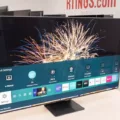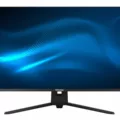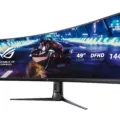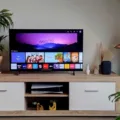When it comes to choosing a monitor for your computer, size is one of the most important factors to consider. The size of your monitor can greatly affect your overall computing experience, as well as your productivity and comfort level. In this article, we will be comparing two popular monitor sizes – 24 inches and 27 inches – to help you decide which one is right for you.
Firstly, let’s take a look at the 24-inch monitor. This size is often considered the standard size for a computer monitor. A 24-inch monitor is suitable for general use, such as browsing the web, working on documents, and watching videos. It is also a good size for gaming, although a larger monitor may be more comfortable. One of the advantages of a 24-inch monitor is that it is more affordable than larger sizes, making it a popular choice for those on a budget.
On the other hand, a 27-inch monitor is a step up in terms of size and functionality. This size is ideal for those who need a lot of screen real estate, such as graphic designers, video editors, or anyone who needs to work with multiple windows or applications at the same time. A 27-inch monitor is also great for gaming, as it provides a more immersive experience. However, it is important to note that a 27-inch monitor may be too large for some people, especially if you have limited desk space.
Another important factor to consider when choosing a monitor size is the resolution. A larger monitor size may require a higher resolution in order to maintain a sharp image. For example, a 24-inch monitor with a 1080p resolution may appear pixelated, whereas a 27-inch monitor with the same resolution may look fine. However, a higher resolution also means that you will need a more powerful graphics card to support it.
In terms of design, both 24-inch and 27-inch monitors come in a variety of styles and features. Some monitors may have built-in speakers, adjustable stands, or curved screens. It is important to choose a monitor that suits your needs and preferences, as well as your budget.
The choice between a 24-inch and 27-inch monitor ultimately depends on your needs and preferences. A 24-inch monitor is suitable for general use and gaming, while a 27-inch monitor is ideal for those who need a large amount of screen real estate. However, it is important to consider other factors such as resolution and design when making your choice. Ultimately, the decision is yours to make based on your individual needs and preferences.
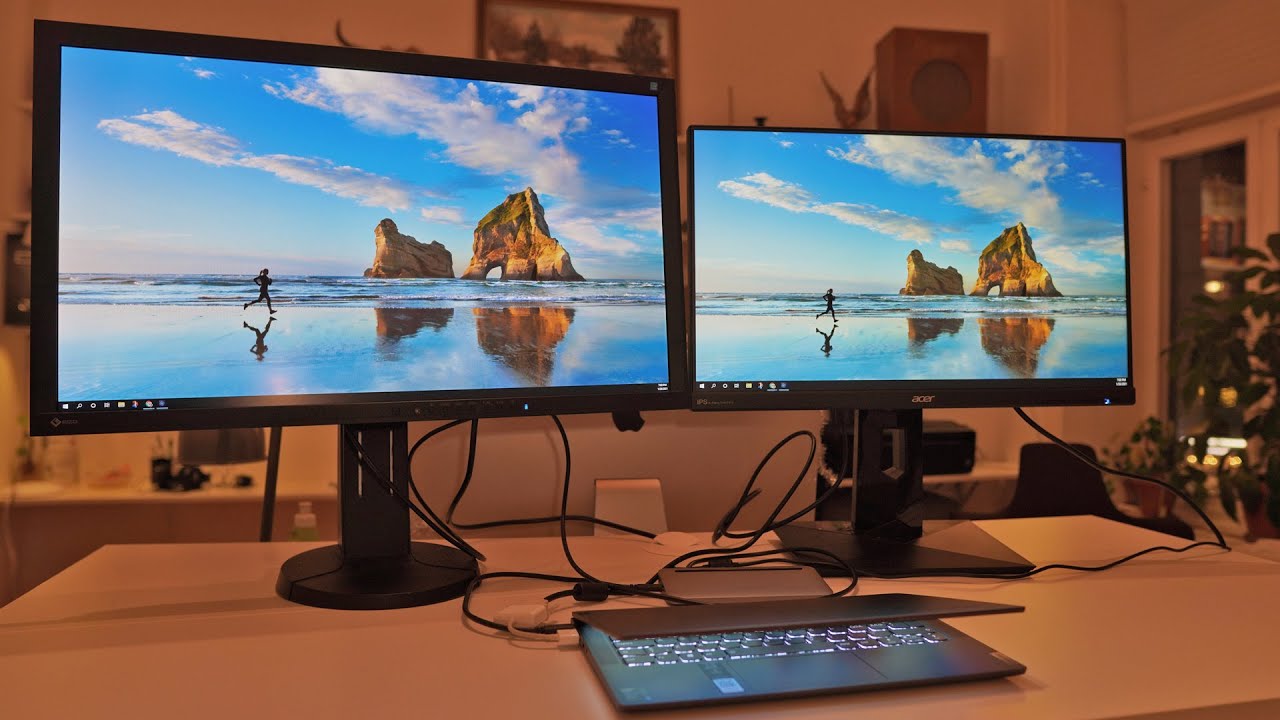
The Benefits of a 27-inch Monitor Compared to a 24-inch Monitor
When it comes to choosing between a 27-inch and a 24-inch monitor, it ultimately depends on your specific needs and preferences. A 27-inch monitor generally offers a larger screen size, providing a more immersive viewing experience and allowing for more screen real estate for multitasking or working on multiple applications simultaneously. Additionally, a larger monitor can be beneficial for gaming or video editing, as it allows for a more detailed and crisp image. However, a 24-inch monitor may be more affordable and sufficient for general use, such as browsing the web, checking email, or watching videos. Ultimately, it comes down to personal preference and the intended use of the monitor.
Is a 27-Inch Monitor Too Big?
When it comes to monitoring sizes, 27 inches is considered to be on the larger end of the spectrum. However, whether or not it is too big for a monitor largely depends on the resolution of the monitor. If the monitor has a 1080p resolution, 27 inches may not be the most ideal size as the pixel density can be quite visible, especially when streaming videos on platforms such as YouTube or Netflix. This is because the larger screen size spreads out the pixels, resulting in a lower pixel density and potentially a less sharp image.
On the other hand, if the monitor has a higher resolution, such as 1440p or 4K, a 27-inch screen can be a great option as the higher resolution compensates for the larger screen size, resulting in a clearer and more detailed image.
Whether or not a 27-inch monitor is too big depends on the resolution of the monitor. It may not be the best option for a 1080p resolution but can work well for higher resolutions such as 1440p or 4K.
Is a 27-Inch Monitor Suitable for a Home Office?
A 27-inch monitor may not necessarily be too big for a home office, as it offers a good balance between screen size and desk space. However, it ultimately depends on personal preference and the specific needs of the individual. Some people may find a larger screen more beneficial for their work, while others may prefer a smaller screen to save space on their desks. It’s important to consider factors such as the distance between the monitor and the user’s eyes, the resolution of the screen, and the amount of desk space available before making a decision. Ultimately, it’s recommended to choose a monitor that provides a comfortable viewing experience and meets the user’s specific needs.
Is a 24 Inch Monitor Too Big?
A 24-inch monitor is not considered too big for general and business use. It is a common size for desktop monitors and offers a good balance between screen real estate and desk space. It allows you to comfortably view multiple windows side-by-side without straining your eyes. However, if you’re looking for a monitor specifically for gaming or video editing, a larger size may be more comfortable for an immersive experience. Ultimately, it depends on personal preference and the intended use of the monitor.
Conclusion
Choosing between a 24-inch and 27-inch monitor ultimately comes down to personal preference and intended use. If you are looking for a monitor for general use or gaming and don’t mind scrolling a bit, a 24-inch monitor should suffice. On the other hand, if you need a lot of screen real estate for work, a 27-inch monitor might be worth the investment. However, it’s important to note that a 27-inch monitor may not be the best choice if you’re planning on sticking with a 1080p resolution, as the pixel density may be too low and can result in visible pixelation. Ultimately, when choosing a monitor, it’s important to consider your needs and budget to find the perfect fit for you.

